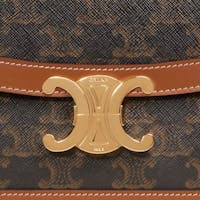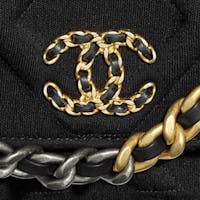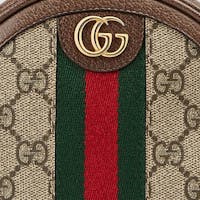 IMAGE: ROLEX
IMAGE: ROLEX
It has been several days since Rolex announced that it would officially leave Baselworld (together with houses like Chanel, Chopard, Patek Philippe and Tudor), and one can only wonder (no pun intended, Watches & Wonders) what they will have in store for us come April 2021 at Palexpo. But for now, let’s go back in time to revisit one of the brand’s greatest creations, the Cosmograph Daytona that was last updated and showcased for the very first time (reference 116500LN) at Baselworld 2016.
 IMAGE: ROLEX
IMAGE: ROLEX
The watch has its roots dating back to 1963, first introduced to meet the demands of professional racing drivers. Just like how the Submariner came to be known as the ultimate reference amongst divers, and the Air-King paying homage to the golden age of aviation, the Daytona made a huge impact in the world of motorsports, known for its tachymetric scale and the trio of counters and pushers that made it the perfect timing tool for racing drivers. Over the past 50 years, the watch has grown leaps and bounds, pushing horological standards with each update, along with minor tweaks in terms of its aesthetics as well. At first, the dial featured the words Cosmograph at the outset, before words like Oyster Perpetual, Daytona and subsequently, the term Superlative Chronometer Officially Certified was added, rounding its evolution over the decades into the legend that we have come to know and love.
 IMAGE: ROLEX
IMAGE: ROLEX
One of the most popular dials ever created was dubbed the Paul Newman version, named after the film star and race car driver who selected the Daytona for its legibility of chronograph functions under challenging race conditions. In the 1980s, Paul Newman was spotted wearing it frequently off the race track, further solidifying its status as a cult icon then and now. Today, the vintage versions cost well over that 6-digit figure, with the original 1968 Paul Newman version fetching a whopping USD15.5 million at an auction back in 2017.
 IMAGE: ROLEX
IMAGE: ROLEX
Fast forward to 2016, and the highlight of the Cosmograph Daytona has got to be the Monobloc Cerachrom Bezel (developed and patented by Rolex), a perfect hybrid of high technology and modern good looks. Not only is the surface virtually scratch-proof, but it also comes with a corrosion-resistant coating that prevents the colour from changing due to UV damage. A number of details were updated as well, such as the addition of numerals and triangular markers around the edge of the bezel, along with the exceptionally clear tachymetric scale thanks to a thin layer of platinum PVD coating, allowing it to contrast beautifully against the black ceramic. Aesthetics aside, the Cosmograph Daytona is equipped with calibre 4130, a self-winding mechanical chronograph movement that manages to deliver a power reserve of 72 hours, while staying precise and reliable like no other.
You’ve always heard the saying that Rolex’s popular watches are all about high demand and low supply. The only way of getting one requires you to have a long-standing relationship with authorised boutiques (Emperor or The Hour Glass, for example) or allocated one if you’ve placed yourself on a waitlist at the respective Rolex stores. But the Cosmograph Daytona can be considered one of the (if not, the) most elusive piece of them all, commanding year-long waitlists that causes its resale value to be almost twice its retail price in Singapore. It is that popular amongst the fans and watch aficionados, and the Panda in particular scores major points in terms of the desirability factor, coming in an eye-catching combination of white (dial) and black (sub-dials). Today, the Cosmograph Daytona starts from SGD17,640 for the 40 mm size in Oystersteel to SGD23,420 for Oystersteel/Yellow Gold and all the way to SGD63,350 for the model in Everose Gold (40 mm).
IMAGES: ROLEX








Comments
There are no comments yet.